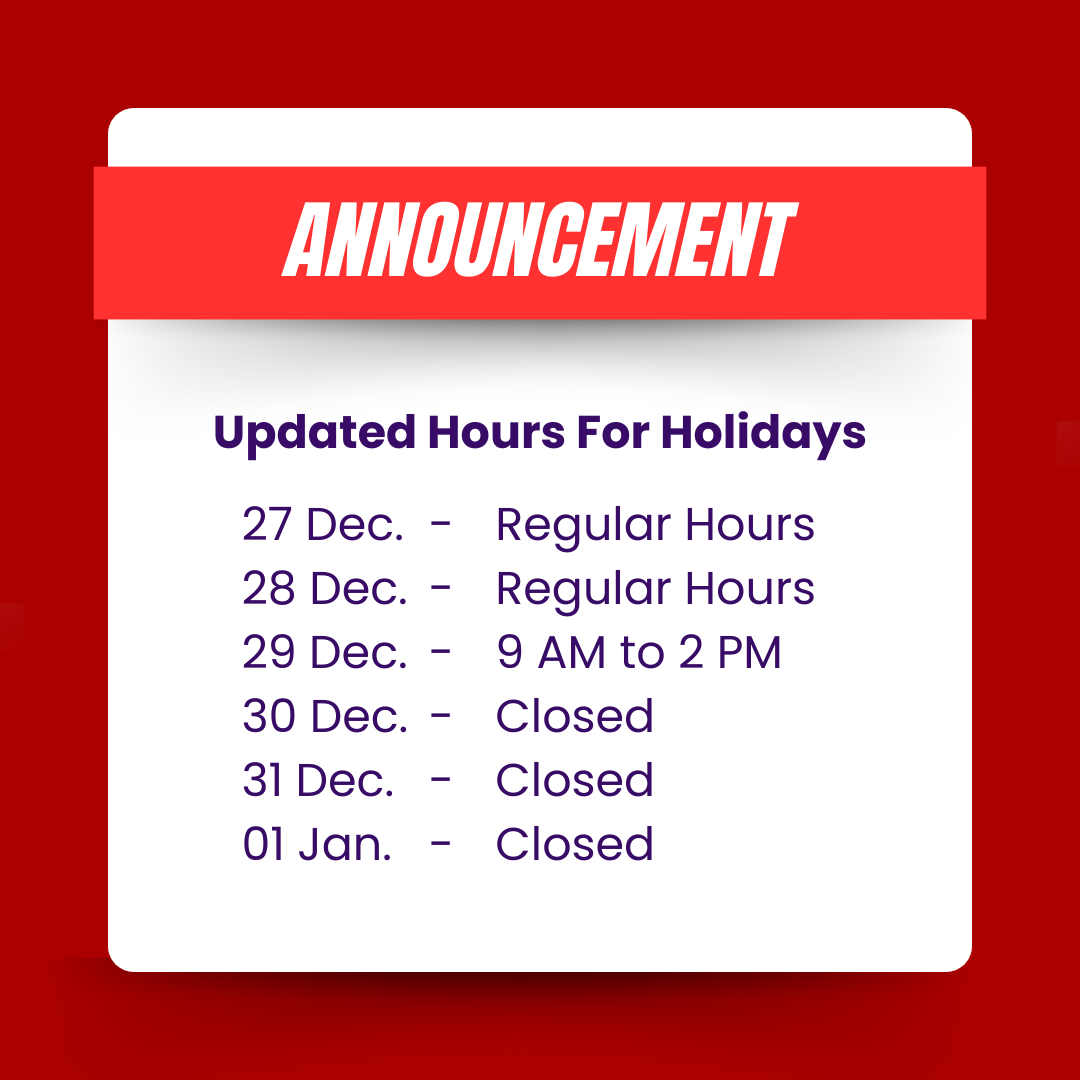Choosing the right life insurance plan is a crucial decision that impacts your family’s financial security and future stability. Life insurance is more than just a policy; it’s a financial tool that ensures your loved ones are protected in case of unexpected events. With countless options available, selecting the right plan can be overwhelming. This guide will explore how to assess your family’s needs, understand different types of life insurance policies, and compare options to make the best choice. Aaxel Insurance stands out as a reliable partner in navigating these options, offering expert advice tailored to your unique needs.
1. Understanding Why Life Insurance Is Essential
Life insurance provides a financial safety net for your loved ones in the event of your passing. This security ensures your family’s lifestyle can be maintained and that obligations like mortgage payments, education costs, and daily living expenses are covered. Life insurance is a form of financial planning that prepares for unexpected situations.
- Protection for Dependents: For families, life insurance secures the future of children, elderly parents, or other dependents who rely on your income.
- Debt and Loan Coverage: With the right life insurance plan, your family won’t have to shoulder outstanding loans or credit card debt in your absence.
- Peace of Mind: Knowing that your family’s financial needs are covered brings peace of mind, especially when life is uncertain.
2. Types of Life Insurance Policies
To choose the best life insurance plan for your family, it’s essential to understand the different types of policies available. Each policy has distinct features, benefits, and costs, so selecting one depends on your financial goals and needs.
Term Life Insurance
Term Life Insurance is a straightforward and affordable option that provides coverage for a specific period, typically 10, 20, or 30 years.
Key Benefits of Term Life Insurance:
- Affordability: Term life is generally more affordable than permanent policies.
- Flexibility: It’s an ideal choice for covering specific periods, such as when your children are young or until a mortgage is paid off.
However, term policies lack cash value accumulation, and coverage ends when the term expires, unless you renew or convert to a permanent policy.
Whole Life Insurance
Whole Life Insurance offers lifetime coverage and includes a cash value component that grows over time.
Key Benefits of Whole Life Insurance:
- Lifetime Coverage: Whole life insurance provides coverage as long as premiums are paid.
- Cash Value: The policy accumulates cash value, which you can borrow against or use for retirement planning.
The primary drawback of whole life insurance is its cost, which is significantly higher than term life insurance.
Universal Life Insurance
Universal Life Insurance combines permanent coverage with investment opportunities.
Key Benefits of Universal Life Insurance:
- Flexibility: Policyholders can adjust premiums and death benefits as their financial situation changes.
- Cash Value Growth: The policy’s cash value is tied to market performance, offering potential growth.
Universal life insurance is ideal for those seeking flexible premiums and the potential for cash value growth but can be more complex and riskier due to market dependencies.
3. Assessing Your Family’s Financial Needs
Before deciding on a life insurance policy, it’s essential to evaluate your family’s financial needs and goals. Consider the following aspects to determine the level of coverage required:
- Income Replacement: Calculate how much income your family would need to maintain their current lifestyle. Typically, a coverage amount of 10-12 times your annual income is recommended.
- Outstanding Debts: Include any mortgages, car loans, credit card debt, or personal loans that would need to be paid off.
- Education Costs: If you have young chi ldren, factor in future education expenses, as tuition costs continue to rise.
- Final Expenses: Medical bills, funeral costs, and other end-of-life expenses should be covered to reduce the financial burden on your family.
By calculating these needs, you can estimate the appropriate amount of life insurance coverage that will adequately protect your family.
4. Choosing a Reliable Insurance Provider
The provider you choose for life insurance is as important as the policy itself. Opting for a reputable provider ensures your policy’s terms are clear and that your family will receive timely benefits in the event of a claim.
- Financial Stability: Review the insurance provider’s financial ratings to ensure they have a strong record of claim payouts.
- Customer Service: A provider with excellent customer service will offer valuable guidance through policy selection, claims, and any questions that arise.
- Customization Options: Leading providers, such as Aaxel Insurance, offer various policy options and customization features, allowing you to tailor the coverage to your family’s needs.
5. Balancing Premiums and Coverage
Premiums vary based on several factors, including the type of policy, coverage amount, and personal factors like age and health. Balancing your premium budget with adequate coverage ensures you’re not overspending while securing meaningful protection.
Factors Affecting Life Insurance Premiums:
- Age: Younger policyholders benefit from lower premiums, making early investment beneficial.
- Health: Pre-existing conditions and lifestyle habits (such as smoking) can increase premiums.
- Policy Type: Permanent life insurance policies generally have higher premiums than term life policies.
6. Customizing Your Life Insurance Plan
Customization options allow you to enhance your life insurance plan to meet specific family needs. Riders are add-ons that offer additional benefits beyond the basic policy, giving flexibility and protection tailored to your situation.
Common Life Insurance Riders:
- Accidental Death Benefit: This rider provides an additional payout if the insured passes away due to an accident.
- Critical Illness Rider: Offers a lump-sum payment upon the diagnosis of a specified critical illness, easing the financial burden of medical treatment.
- Waiver of Premium Rider: If you become disabled, this rider waives your premium payments, ensuring your policy remains active.
7. Comparing Life Insurance Quotes
Comparing life insurance quotes is vital to finding the best plan at the most affordable rate. Tools available through providers like Aaxel Insurance make it easy to compare policies, helping you understand how premium costs and coverage options vary.
- Seek Multiple Quotes: Compare quotes from at least three providers to understand the cost-benefit balance.
- Analyze Coverage vs. Cost: Choose a policy that provides the coverage needed without overpaying for unnecessary features.
- Assess Policy Terms: Look closely at the fine print for any restrictions or exclusions that could impact coverage.
8. Reviewing and Updating Your Policy
Life insurance is not a one-time decision. Life changes such as marriage, having children, or a significant career move may affect your coverage needs. Regular reviews ensure your policy remains aligned with your family’s evolving financial needs.
- Annual Review: Set a yearly review of your life insurance policy to make necessary adjustments.
- Update Beneficiaries: Keep beneficiaries current to avoid complications.
- Adjust Coverage: As financial responsibilities change, adjust coverage to provide the right level of protection.
Conclusion
Choosing the best life insurance plan for your family involves careful evaluation of your financial needs, understanding policy options, and selecting a trustworthy provider. By following these steps, you can secure a plan that not only provides protection but also aligns with your family’s long-term goals. Aaxel Insurance stands out for its expert guidance, competitive policies, and commitment to helping families make well-informed decisions.







